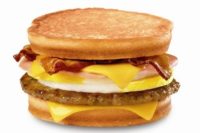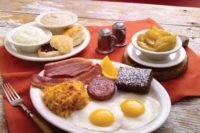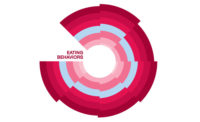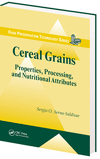Impact of Skipping Breakfast
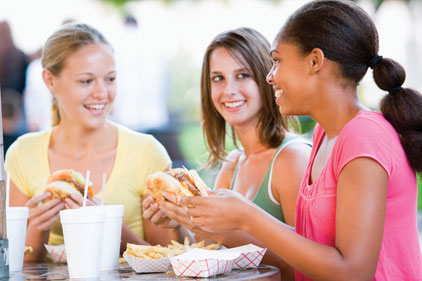
Scientists from the MRC Clinical Science Centre at London’s Imperial College, compared the brain scans and eating patterns of people both after eating breakfast and when they were fasting.
They found that those who avoid breakfast may overeat throughout the rest of the day, often choosing high-calorie or junk food over healthier selections.
The researchers studied the magnetic resonance images (MRIs) of 21 volunteer test subjects who did not eat anything before coming in for their tests. On one those visits, the volunteers were first given a 750-calorie breakfast before the researchers ran the MRI scans.
On another visit to the research center, the test subjects were not fed any breakfast but were always served lunch after each scanning session.
“Through both the participants’ MRI results and observations of how much they ate at lunch, we found ample evidence that fasting made people hungrier, and increased the appeal of high-calorie foods and the amount people ate,” said Dr. Tony Goldstone, who led the study.
While examining the MRIs of volunteers who had not eaten breakfast, the scientists found a variation in the pattern of activity in the orbitofrontal cortex, the area of the brain located right above the eyes that can affect decisions concerning the appeal and reward value of food.
When participants who were fasting or did not eat any breakfast were shown pictures of high-calorie food, the MRIs showed that that portion of the brain was “activated,” a reaction less strong when they had eaten breakfast.
After studying and comparing the MRI scans over a period of time, the researchers were able to use the brain scans to predict which of their test subjects would be the mostly likely to respond strongly to high-calorie foods.
To Goldstone and his colleagues, these findings suggest the orbitofrontal cortex may play a key role in influencing people in making their food choices.
They also say their research complements previous studies that show fasting may not be the best way to lose weight, since doing so tends to create a “bias” in the brain that makes consumers seek a high-calorie food reward.
Looking for a reprint of this article?
From high-res PDFs to custom plaques, order your copy today!



